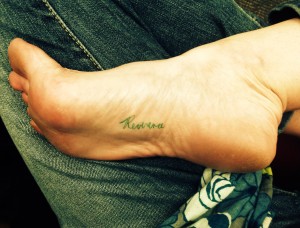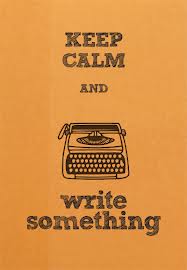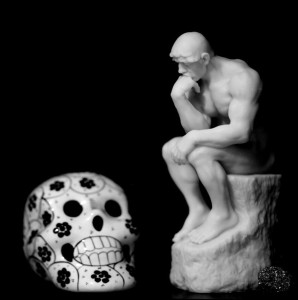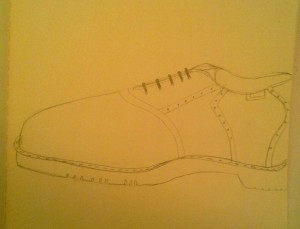I’ve been meaning to post this for a while.
“Everyone Here is in Therapy”
Early this year, I embarked on a deliberate campaign to reassert myself into my own lived experience, the flow of life, to be intentional about how I spend my moments and how creative, connection-oriented or self-reflective I want those moments to be.
In other words, I started seeing a therapist. It didn’t last long, but it wasn’t supposed to. I chose cognitive behavioral therapy, which is designed to be short-term and diagnostic: find the problem (usually self-damaging thought patterns) and pursue specific solutions. I chose CBT because struggles with depression and regular panic attacks were impacting my quality of life, and I’m a solution-oriented person who resists being medicated for almost everything. I wanted to write about it because mental healthcare has a stigma attached to it, in spite of clear evidence that self-care and mental health are vital to overall wellness. This stigma seems especially prevalent in the south, where I’m originally from, perceived as a sign of weakness or only for very serious problems. I remember jokingly telling my father (who thinks California must be a strange place) that “everyone here is in therapy.” I couldn’t bring myself to tell him that I was.
What Cognitive Behavioral Therapy was like, in brief
I picked Dr. G off of a list, prepared to go through a long search to find a good fit. It’s like finding the right hairstylist! Or so I told myself. I enlisted a “therapy buddy,” a friend who was also nervously pursuing therapy options, to motivate me with texts and encouraging emails, and I returned the favor. I drove to Dr. G’s office once a week and perched on the edge of a leather sofa while Dr. G sat across from me in a chair. I talked while she took notes. During some sessions, I just rambled and for others I had specific goals; occasionally Dr. G interjected or asked me to further explore a particular thread of thought. But sometimes it felt like talking to myself (which I’ve always done quite a bit but had virtually zero alone time to do in those months that I was attending therapy). A couple of times, I cried, and that was alright. Tears came when I spoke of a hurtful thing that felt particularly true upon articulation. Crying felt safe, though it took me by surprise when it first happened. I didn’t sob, no catharsis occurred.
What I gained
Through talking with Dr. G, I learned some things about myself, and not necessarily because she did anything special. Dr. G gave me someone to talk to. I talked out my frustrations, my grief and anxiety. I spoke a little about my birth family (like you do), the people I was living with, and about my son. I talked about the grief I felt concerning the loss of meaningful relationships in my transition from Florida to California, and about the sadness I felt about difficulties in current ones. I talked about the cumulative toll of providing counseling of my own to distressed students at my job. It was helpful to look carefully at the complexness of my life, to realize that it made sense that I might be feeling overwhelmed.
Dr. G gave me tools and suggestions to try between sessions, kind of like homework. I offered to journal about the process, and she encouraged that. Mostly, she gave me tips sheets to review and try out. This seemed so ridiculously simple that initially I doubted her effectiveness as a therapist. But then I reflected on my choice of this kind of therapy, which puts the responsibility for change squarely on the patient.
Some of the tips pertained to realigning the stories we tell ourselves, the thought patterns that form the basis of our thinking and coping. Some of them were metaphors, like (for anxiety and fear) The Sentry, who stands on your shoulder and whispers constant warnings in your ear about perceived threats that keep your adrenal response in overdrive.
Here’s a resource link about CBT.


 It’s that time of year again! I’m hoping folks will consider supporting the Clarion West Writers Workshop on my behalf.
It’s that time of year again! I’m hoping folks will consider supporting the Clarion West Writers Workshop on my behalf.

